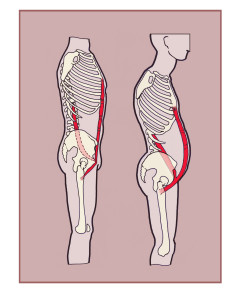The Psoas Major and Sit Ups
We all need a strong and balanced core. We all want a long and strong psoas major muscle.
These two factors are equally important but they often get in each other’s way in the search for a functional body.
The trunk is a rectangle split in two—the upper half is the heart and lungs and the lower half is the digestive organs.
On the top, we have the ribcage encasing these vital organs against damage and on the bottom the intestines, stomach, liver, and such live within a box of muscles.
The Top and bottom of this box is the diaphragm, our main muscle for breathing, and the levator ani, or pelvic floor.
These two muscles are actually meant to work together synergistically (the subject of a future post).
The psoas major makes up the back of the box and the rectus abdominis, our sit ups muscle, is the front of the box.
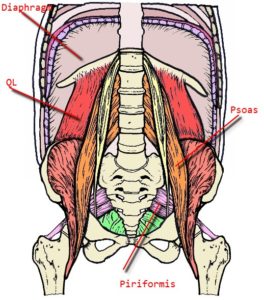
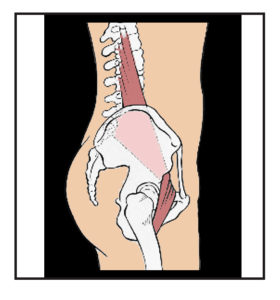
Between these four muscles, the intestinal organs hang in a bag from the spine.
These organs need room to move and the freedom to do their jobs.
If the space of the box that they live in becomes constricted they will not be able to work effectively and digestion, among other functions, is impacted (pun intended).
We all need to do sit ups, even though I often say that sit-ups are bad for you.
I don’t mind being a walking contradiction in this case because both of those statements are true.
If you have read this blog you know that my basic take on the body is that we are all splayed open long in the front and short in the back.
If this is true we need to bring the front of the body into balance with the back of the body which will require shortening the rectus abdominis as its length determines the space between the pelvis and the rib cage.
When Is A Pot Belly Not A Pot Belly?
I recently wrote about the relationship between the transverse abdominis and the rectus abdominis and the need to have tone in the transverse abdominis before doing work on the rectus abdominis.
There is a different concern when it comes to the psoas major. In an ideal world, the psoas major lengthen down the bowl of the pelvis and the rectus abdominis runs directly down in a straight line from the rib cage to the pubic bone.
If that is the case and there is good tone in the transverse abdominis there is no reason not to work on your sit ups to try and bring balance to the front and the back of the body.
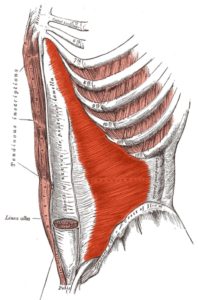
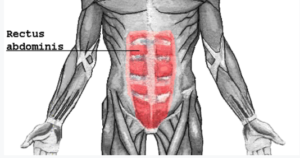
But what if the psoas is tight?
I often use the example of someone who appears to be skinny with little body fat, yet there is a pot belly sticking out above the waist.
To me this is an indication of a tight psoas major that is pulled forward from the back of the pelvis- when the tight psoas is pulled towards the front of the body the organs don’t have anywhere to go but forward and the rectus abdominis goes with it- hence the pot belly.
The problem is that many people, for many reasons, think that building your core is the antidote to back pain.
And while it is true— if your psoas is tight and you do a lot of sit ups, shortening the distance between the pelvis and the ribcage, you are effectively limiting the amount of room in the box of organs.
The tight psoas pushes the organs forward and the tight rectus abdominis pushes them backward and no good can come of that.
Someone in this position will likely have a hard rather than soft belly due to the pressure on the abdomen.
The order of business should be—to release your psoas, tone your transverse abdominis, and then work the rectus abdominis to the length you desire. It always comes back to the consciousness we need to bring to building our bodies. Many things that are important for our bodies require understanding what is going on with underlying structures within.
This kind of work takes time and patience but I think it is well worth it.

